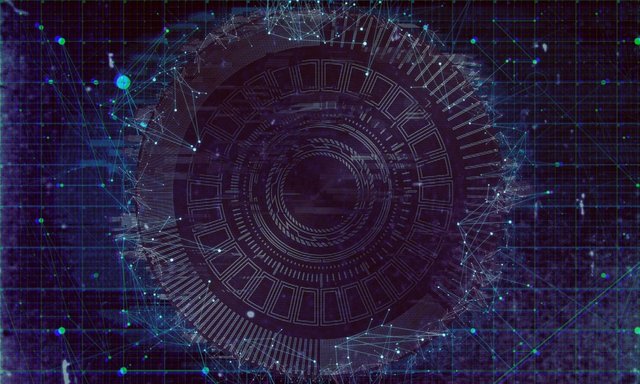Why Add a 2nd Layer to Monero?

The 2nd Layer solutions proposed by Loki allow users significant functionality that cannot be provided by a Monero fork alone. Namely, Loki will incentivise a group of nodes that perform specific networking tasks and will build the basis for a new type of mixnet.
Mixnets that have the properties of Sybil attack resistance are highly resilient to large-scale network analysis. This protection is provided by market operations, which make it prohibitively expensive to own a large portion of nodes operating on the mixnet.
Operating on top of this incentivised second layer will be applications that can route traffic anonymously, called SNApps (Service Node Applications). The first SNApp will be Loki messenger, a novel way to send messages privately in a decentralised system.
Loki Messenger is important because although most messaging systems like Telegram and WhatsApp offer end-to-end encryption, they are based on centralised servers which have proven vulnerable to censorship attacks. As Loki is entirely decentralised, the nodes operating on the network are constantly changing, making it difficult for a state level actor to blanket ban the service. Additionally the Loki foundation will run domain-fronting bridges with the aim of allowing access through even the most restrictive ISP level firewalls.
Once SNApps run on top of an incentivised service node layer, Loki will have created a system with a security model that hasn’t been seen before. This is why Loki has put a second layer on top of Monero; because we think we can do something really unique with it.